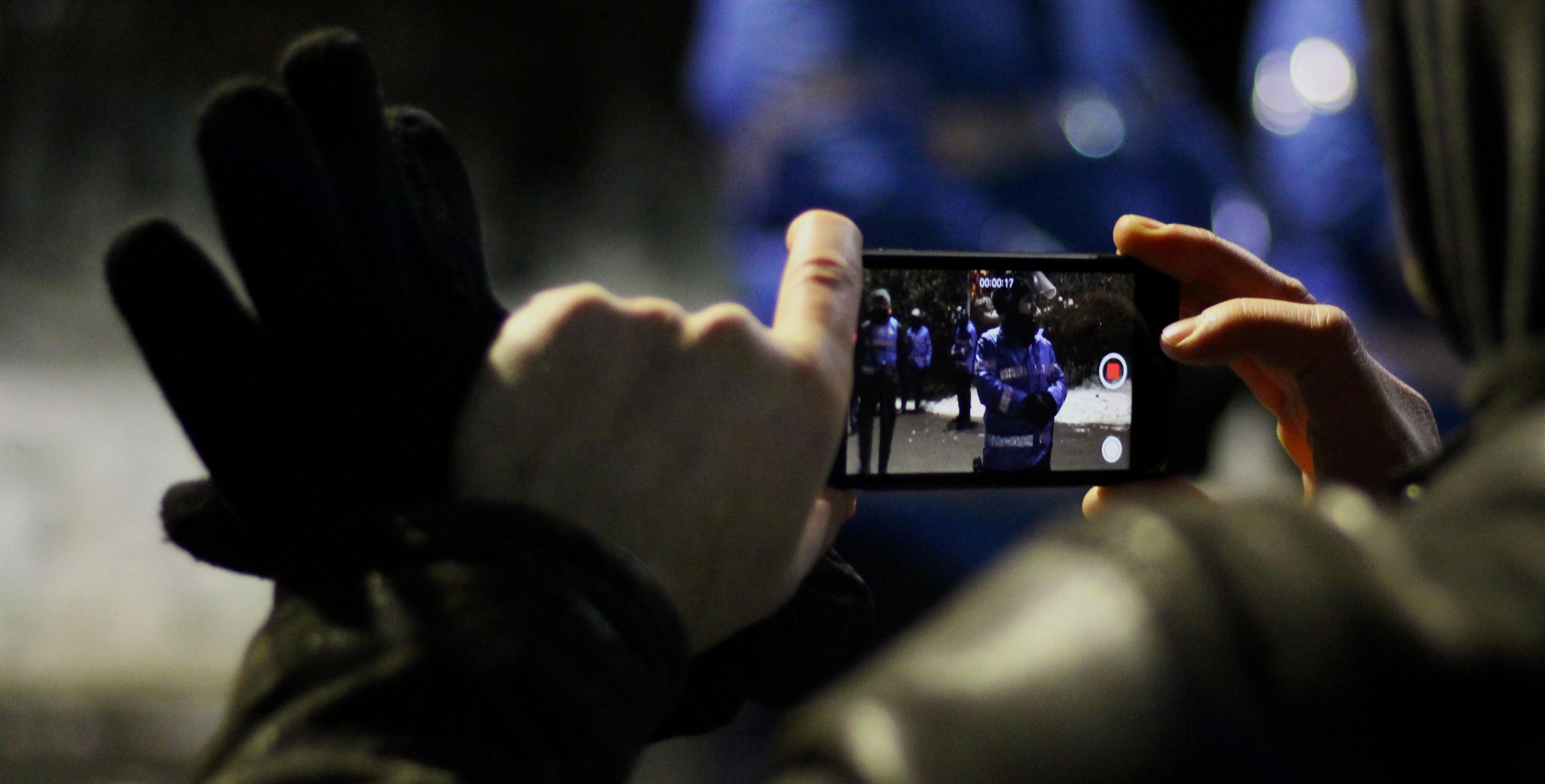

- Ref # CAB00206
- April 19, 2023
Are people allowed to "livestream" their contacts with Law Enforcement?
By Robert Phillips, Deputy District Attorney (Ret).
A person “livestreaming” a citizen-police contact raises the same First Amendment issues as does simply videotaping that same contact.
The majority of the federal Circuit Courts of Appeal have held that a private citizen has a First Amendment right to videotape public officials while performing their duties in public, including, but not limited to, police officers and other law enforcement officers. (E.g., see Gericke v. Begin (1st Cir. 2014) 753 F.3rd 1.) This includes the Ninth Circuit (See Askins v. United States Department of Homeland Security (9th Cir. 2018) 899 F.3rd 1035, 1043-1044.), which oversees the law on federal issues in California. But when that videotaping involves “livestreaming” (i.e., sending out real-time video to anyone who cares to watch), the issues are a bit different. So held the federal Fourth Circuit Court of Appeal in the recent case of Sharpe v. Winterville Police Department (4th Cir. Feb. 7, 2023) 59 F.4th 674.
In Sharpe, officers attempted to stop a Dijon Sharpe—a passenger in a vehicle stopped for a traffic violation—from livestreaming the contact. Sharpe later sued the officers individually, as well as the town of Winterville, North Carolina, for attempting to violate his First Amendment right to videotape—and publish in real-time—the contact. The officers’ argument in response was that contrary to merely videotaping a police-citizen contact, livestreaming generates an unnecessary safety issue by potentially encouraging third parties to respond to the scene of an on-going traffic stop.
The Court didn’t buy it, finding the officers to be civilly liable. However, in this case, the officers were held to have qualified immunity in that this new rule, as it specifically relates to “livestreaming” a traffic stop, was not clearly established at the time. The case, however, was remanded to the trial court for a determination of whether the Town of Winterville and its police department had a municipal policy regarding livestreaming, and if so, whether they could justify that policy sufficient to overcome a private citizen’s First Amendment protections.
Note that Fourth Circuit cases are not binding on California peace officers. Absent a decision from the Ninth Circuit or, better yet, a California Court, a decision from another circuit is entitled only to “great weight” and is considered to be persuasive only. (See People v. Zapien (1993) 4 Cal.4th 929, 989.) But the reasoning in Sharpe makes sense. And the argument that livestreaming creates a potential safety issue for police officers is highly speculative, at best. The Fourth Circuit in Sharpe didn’t buy it.
So as long as the person who is doing the livestreaming is not so in-your-face that he or she is physically interfering with your duties as a police officer, my suggestion is to let the person alone. Or, if you prefer (and I’m not telling you to do this), go ahead and seize his camera and/or physically arrest him should he resist, and make some case law for me to report on when you get sued. But before you do that, you might want to read an up-to-date nine-page legal memo I’ve written on the issues raised when persons photograph and/or videotape law enforcement officers in public, as well as whether an officer has a right to seize the camera should the photographing or videotaping capture what might be considered evidence of a crime. This memo is available upon request.







